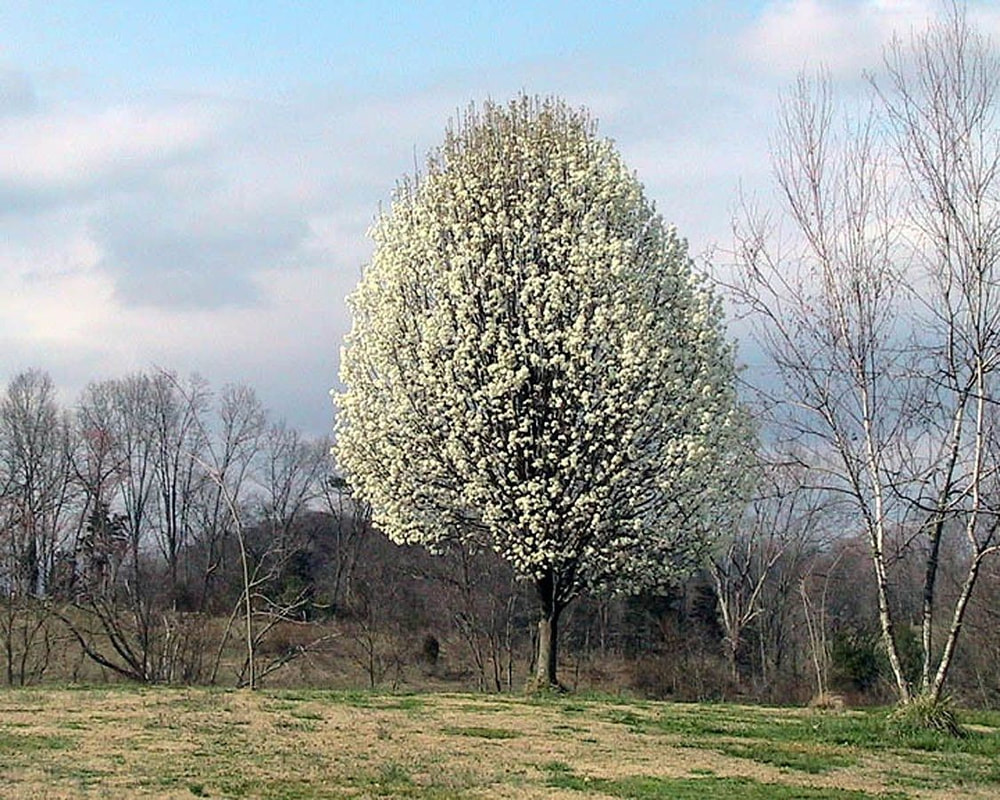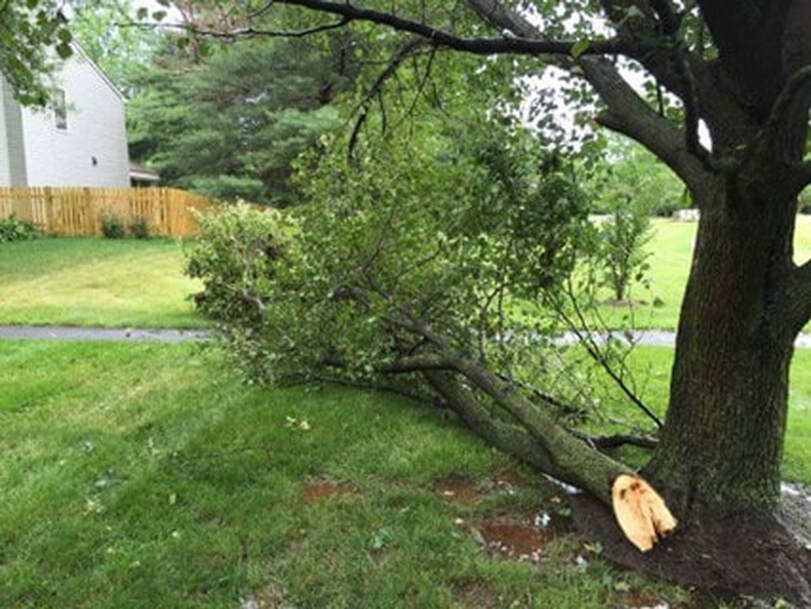|
When many of us look at the natural world around us, some of the first features we notice are the magnificent trees that characterize portions of Ohio’s landscape. Even in our more urban and suburban areas we see these pillars of biology that provide beauty, shade, and many ecological services for air quality, soil stabilization, and wildlife habitat. One particular tree has become ever more present over the years since its introduction to Ohio in the early 1900s: the Callery pear (Pyrus calleryana). In the spring, you will see the many white flowering trees lining neighborhoods, business lots, and highways, and while they may have a visual appeal, they are wreaking havoc on our natural ecosystems. The reason we are seeing more and more of these trees is because they are invasive in Ohio. The United States Department of Agriculture (USDA) defines an invasive species as a non-native species in the ecosystem under consideration and whose introduction causes or is likely to cause economic or environmental harm or harm to human health. The ability of the Callery pear to grow quickly, and its cultivars (like Bradford pear) to cross pollinate with each other despite being previously believed to be sterile, causes the plant to rapidly spread and outcompete some of our native species. Due to these invasive characteristics, the state of Ohio has joined others states in banning the sale of Callery pear trees. The state ban recently went into effect on January 7, 2023, in hopes of slowing down the encroachment of this tree in the forest understories around the state. However, many of these established trees will continue reproducing, especially as they are growing on residential and commercial properties across our communities. And while all Ohioans will need to choose new species to plant instead of Callery pears going forward, many are also choosing to replace their established pear trees. Besides the environmental issue these trees can cause, they are also losing their original landscape appeal as they become more susceptible to damage and limb breakage during storms as they grow. So, the question then becomes, what can we plant instead? Several native species are suggested by the Ohio Department of Natural Resources (ODNR) as appropriate replacements for Callery pear, including:
Several of these species, including eastern redbud, flowering dogwood, and serviceberry, are available through the Warren County SWCD annual tree seedling sale. The tree sale helps to support local reforestation efforts and promote conservation action of increasing native tree plantings in our community. The annual tree seedling sale takes place every year, with trees available in early spring. Learn more about this event and how to order on our 2023 Tree Sale page https://www.warrenswcd.com/tree-sale.html For information on how to remove or control Callery pear in forested or natural settings: OSU Extension fact sheet https://woodlandstewards.osu.edu/sites/woodlands/files/d6/files/pubfiles/0045.pdf Contact your ODNR Division of Forestry State Service Forester for further assistance: https://ohiodnr.gov/discover-and-learn/safety-conservation/about-odnr/forestry/landowner-assistance
1 Comment
|
Details
Author:
|
|
|
Contact:PHONE: (513) 695 - 1337
EMAIL: [email protected] HOURS: Monday - Friday 7:30am - 4:00pm (except holidays) Connect:Warren County Soil & Water Conservation District Copyright © 2016
Warren SWCD Privacy Notice. Emails are serviced by Constant Contact. Constant Contact's Privacy Notice. |



